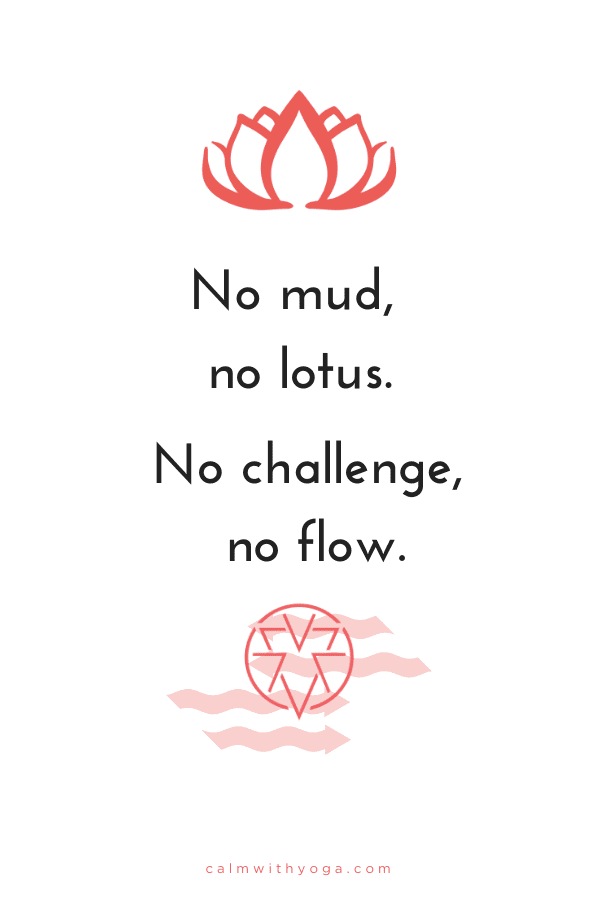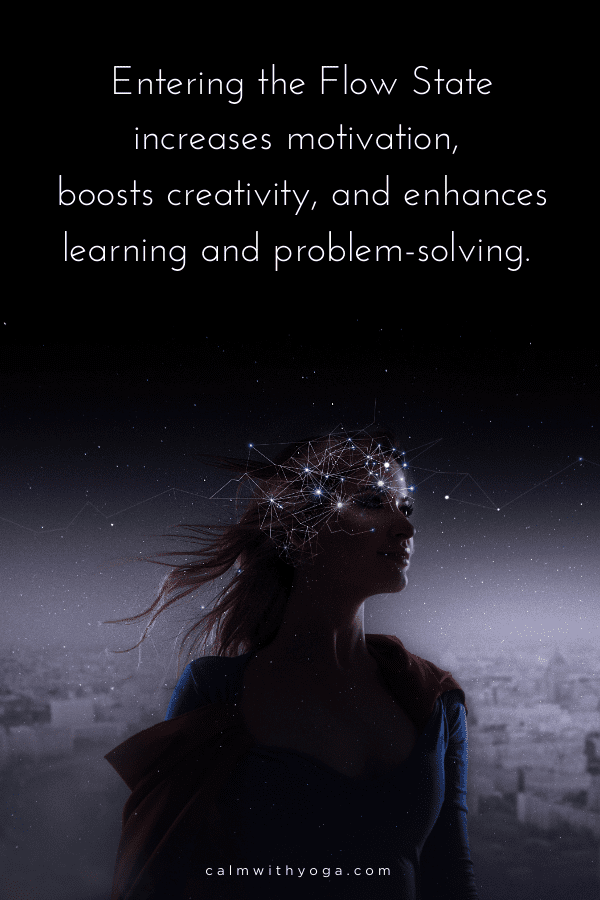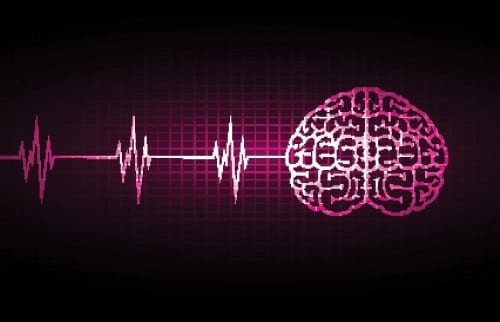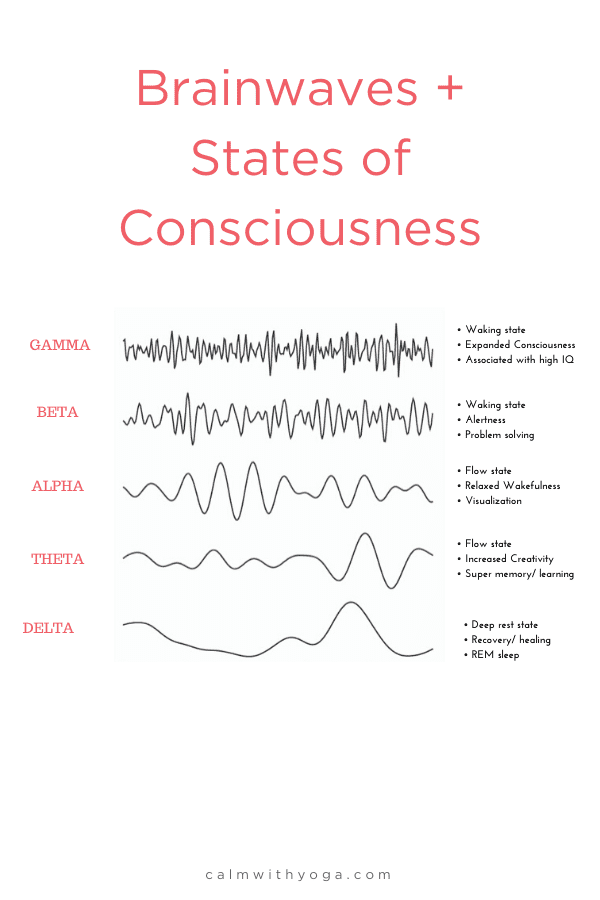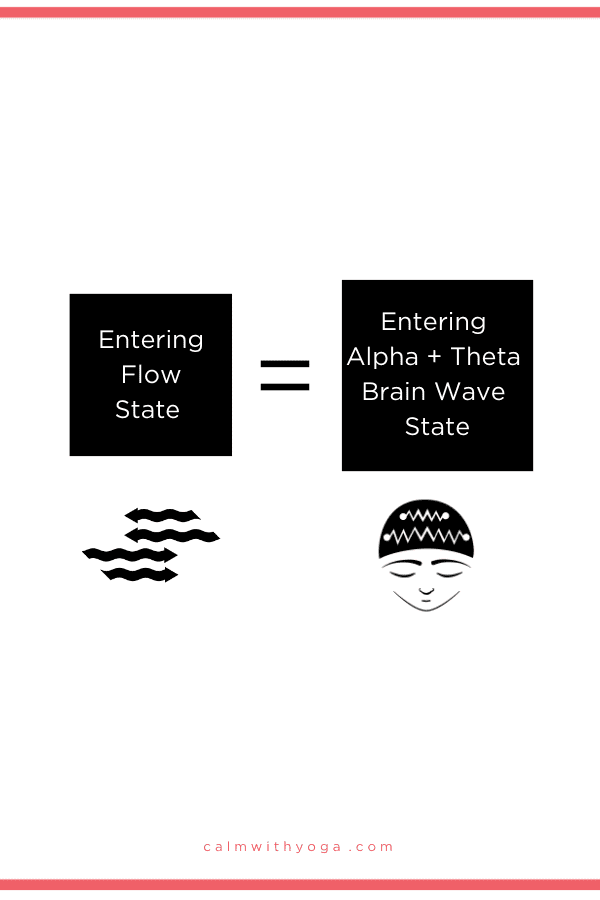To achieve such autonomy, a person has to learn to provide rewards to herself. She has to develop the ability to find enjoyment and purpose regardless of external circumstances. – Mihaly Csikszentmihalyi, ‘Flow: The Psychology of Optimal Experience’ But life tends to get in the way, right? Maybe your job brings you little or no joy. You may feel bored with your work or your relationship. Or you might feel stuck in any area of your life. So how do we overcome such challenges to experience a state of flow and well-being? How do we movebeyond boredomand chronic overwhelm into the territory of meaning, creativity, insight, and inspiration? Finding theexperience of flowin your life isn’t so much about changing the external circumstances as it is about turning inward and consciously taking inspired action to change yourmental state. According topositive psychologyexpertMihaly Csikszentmihalyi, we createflow experiencesnot by following pleasures of the senses per se, but by going after challenges that are meaningful to us. If one fails to develop goals that give meaning to one’s existence, if one does not use the mind to its fullest, then good feelings fulfill just a fraction of the potential we possess. – Finding Flow: The Psychology of Engagement with Everyday Life by Mihaly Csikszentmihalyi These challenges are opportunities for inspired action that stretch our current level of skill and talents. These challenges involve setting attainable andclear goalsthat provide us withimmediate feedbackabout our progress. TheFlow Stateis the sweet fertile spot where stresses and anxieties dissolve and inspiration, concentration, creativity, original thinking, and imagination are born. – TheNew YorkTimes If stress kills inspiration, creativity, focus, and productivity then theFlow Staterevives them. The Flow Stateisn’t just about a state of mind. It impacts your whole being and body. Itreduces the stress responsewhileactivating the relaxation response. The relaxation response optimizes mind power by slowing down brain waves, which in turn shifts our consciousness. Slower brain waves are associated with increased creativity, focus, and productivity. A brain that tends to ‘go with the flow’ produces multiple brain chemicals that amplify mental processing and imagination.
Flow: The Psychology of Optimal Experience
In his book,FLOW: The Psychology of Optimal Experience, Csikszentmihalyi pegsflowas thepsychological meeting point where challenges meet skill. According to Csikszentmihalyi, weexperience flowwhen we engage in activities that providethe right amount of challengegiven ourskill level. These kinds of activities and tasks help us completely immerse ourselves in the moment and in what we’re doing, while also stretching and testing our capacity and resilience. Everynew skillinvolves a learning curve, and this is no different. We tend to want to run away from challenges but in the case of flow psychology, we’ll actually want to run towards them.
The challenge serves as a portal into theflow statebecause it requires brainpower and a one-pointed focus. Full attention is immersed in what we’re doing and wederive deep personal and/or professional satisfaction from it. Together along with otherpositive psychologyresearchers such as JeanneNakamuraCsikszentmihalyi interviewed many people across all age groups, disciplines, races, education levels, and cultures to uncover what exactly happens to our consciousness when we’re in this ‘optimal experience’ state. “… We have, with other colleagues around the world, done over 8,000 interviews of people – from Dominican monks to blind nuns, to Himalayan climbers, to Navajo shepherds,”he says (1) There are 7 conditions present when we’re flowing: (1) 1 – We’re practicing the yogic principle of Dharana – one-pointed focus, steady concentration, and undivided attention. 2 – A sense of being outside everyday reality and rote, mundane routines. There is a merging of the action and your awareness. 3 – Great inner clarity and a sense of personal control over the situation and action. Knowing what needs to be done and how well we are doing it, not based on others’ standards and guidelines, but rather, on our own independent internal guidelines. 4- Knowing that the activity is doable, achievable; that our skills or inner resources are adequate to the task. We believe in ourselves and our capabilities at that moment. 5 – A sense of serenity and equanimity. Feeling secure in oneself. A feeling of growing beyond the boundaries of the ‘reactive slave’ within.Self-consciousnessmelts. 6 – A sense oftimelessness. Thoroughly focused on the present, hours seem to pass by in minutes. We’re freed from the shackles of the past and future. Anxiety melts away. 7 – Intrinsic motivation is present. The act itself is the reward. You no longer seek outside forces nor does anyone need to tell you to do it, you are inspired from within, and act out of your own accord. You choose the activity for itsown sake.
1 – Where am I already experiencing flow in my life? 2 – Where would I like to experience more flow in my life? 3 – Where is the flow blocked in my life? 4 – What are two specific moments when I was so in the flow that I losttrack of timeand forgot the world around me? (Think of the moment in time, time of day, location, where you were.) 5 – What was I doing then? 6 – How can I honor my life’s rhythm more? What would that look and feel like? 7 – Where in my life would I benefit from pausing right now? (List specifics) 8 – Where in my life would I benefit from taking more action right now? (List specifics) 9 – What are 3 specific things I can do right now to honor wherever I am in the Activity-Pause cycle? 10 – What activities or experiences can I engage in more that would help me achieve the 7 Flow components? 11 – What can I begin doing ASAP that would be its own reward?
TheFlow StateOptimizes Your Brain
According to Flow researchers like Csikszentmihalyi and Kotler, theFlow Stateprimes the brain to enhance mental and physical performance. A state of consciousness where we feel our best and we perform our best. It refers to those moments of total absorption when we get so focused on the task at hand that everything else disappears. Our sense of self, our sense ofself-consciousness, they vanish. Time dilates, which means sometimes it slows down and sometimes it speeds up… And throughout, all aspects of performance, mental and physical, go through the roof. – Steven Kotler, author, journalist, and director of research at the Flow Genome Project Here’s what happens to our body and mind when we’re in flow:
A deep connection to the Self and the enhanced inner-sensing. (This is also known as the yogic principle Pratyahara.) The inner world becomes more real, more present, and more influential than the outside world. The past and future melt away and what’s left is the present moment. Self-consciousness, stories, and triggers dissolve. Instead of viewing the activity as a chore we perceive it as a game. We become inspired and intrinsically fulfilled by the experience of what we’re doing. Productivity increases, sometimes by as much as 500% as one ten-year McKinsey & Co. study found. (2) Another study by the Flow Genome Project found that people report being 6-8 times more creative when in the flow. (3)
All of this is possible because of the chemical and electrical changes that occur in the brain when we’re in the Flow State. First, the body releases a cascade of feel-good and performance-enhancing chemicals like serotonin, dopamine, endorphins, anandamide, and norepinephrine that speed up the brain’s information processing capabilities while also amplifying pattern recognition, and future prediction (for better problem solving). (4) In an online workshop called The Optimized Brain on Bigthink.com, Steven Kotler explains how these brain chemicals impact the way we think and learn: (5)
… When people talk about entering a flow state they feel like their senses are incredibly heightened – this is the performance-enhancing aspect of norepinephrine and dopamine. Where these chemicals really come in handy is how they affect motivation, creativity, and learning. Besides being performance-enhancing chemicals these are all feel-good drugs.These five chemicals are the most potent feel-good drugs the brain can produce.As a result, flow is considered the most addictive state on Earth… What that means is that once an experience starts producing flow, we will go extraordinarily out of our way to get more of it which is why researchers now believe flow is the source code of intrinsic motivation. Another thing that these chemicals do is that they augment the creative process… Creativity is the product of novel information bumping into old thoughts to create something startling new… At the front end of the Flow State, you have norepinephrine and dopamine. They’re tightening focus so you’re taking in more information per second so you’re boosting that part of the creative process. Norepinephrine and dopamine do something else in the brain, they lower signal-to-noise ratios so you detect more patterns. They jack up pattern recognition… our ability to link ideas together is also enhanced. Anandamide, which is another chemical that shows up in flow, doesn’t just promote pattern recognition, it promotes lateral thinking. Pattern recognition is more or less the linking of familiar ideas together, lateral thinking is the linking of very disparate ideas together… The last thing flow does that’s really important is it jacks up learning… the more neurochemicals that show up during the learning experience the better chance that experience has of moving from short-term holding to long-term storage. The other way that the Flow State optimizes your brain is via brainwaves. As we think and go about our days and process information, the brain’s neurons create electrical impulses. These electrical impulses can be measured via an EEG (electroencephalogram). This results in different ranges of electrical impulses or brainwave states. These brainwave states correspond to different states of consciousness or states of being. There are 5 main brainwave states: Beta and Gamma waves are associated with the Waking state. Alpha and Theta waves are associated with the Flow state. (This is where the sweet spot is – we want to be right here!) Delta waves are associated with the Deep Rest State:
The Relaxation Response is associated with the slowing down of brainwaves. The more you get yourself into Alpha and Theta brainwave state, the more you’ll be able to melt stress and overwhelm and enjoy the full healing benefits of the Relaxation Response.
Here are 10 ways to activate your Relaxation Response by pausing and rebalancing. By engaging in these activities (and fully immersing yourself to gain the benefits), you’ll likely be slowing down your brainwaves. As your brainwaves slow the portal to the Flow State becomes open to you.
- Choose the ones that most resonate with you and your lifestyle and commit to doing them regularly and consistently.
- REFERENCES
(1)https://www.ted.com/talks/mihaly_csikszentmihalyi_on_flow (2)https://www.mckinsey.com/business-functions/organization/our-insights/increasing-the-meaning-quotient-of-work (3)https://www.forbes.com/sites/stevenkotler/2014/01/08/the-research-is-in-a-four-letter-word-that-starts-with-f-is-the-real-secret-to-ultimate-human-performance/#3cf71941227f (4)https://www.psychologytoday.com/us/blog/the-playing-field/201402/flow-states-and-creativity (5)http://bigthink.com/playlists/the-optimized-brain-a-workshop-on-flow-states-with-steven-kotler
